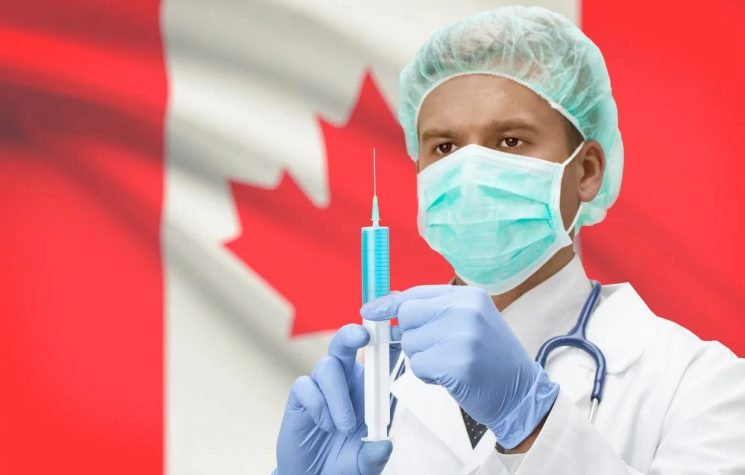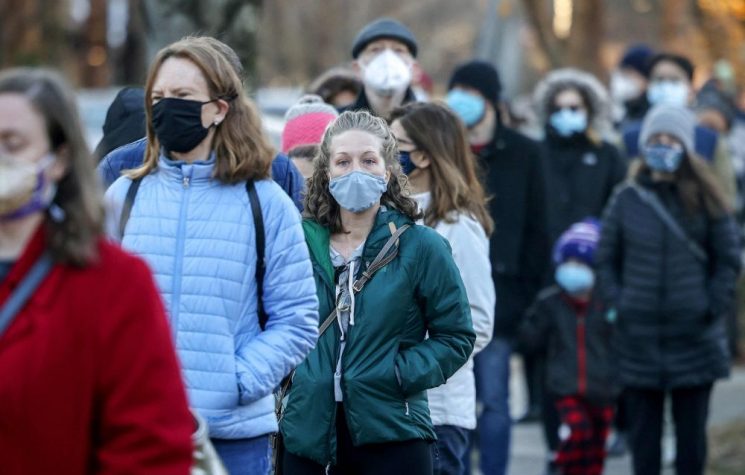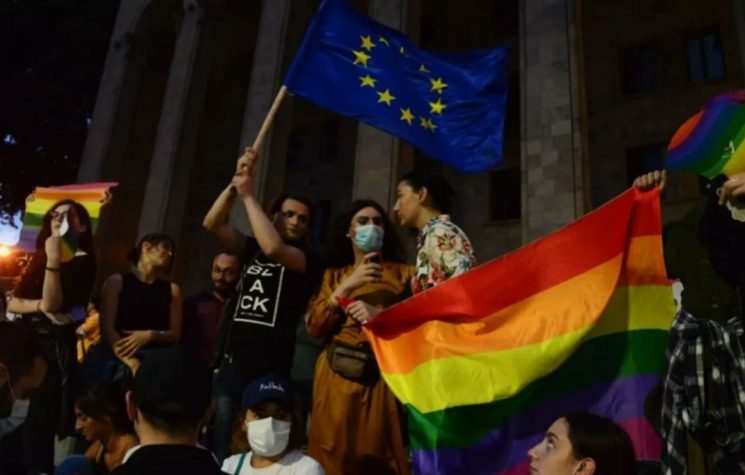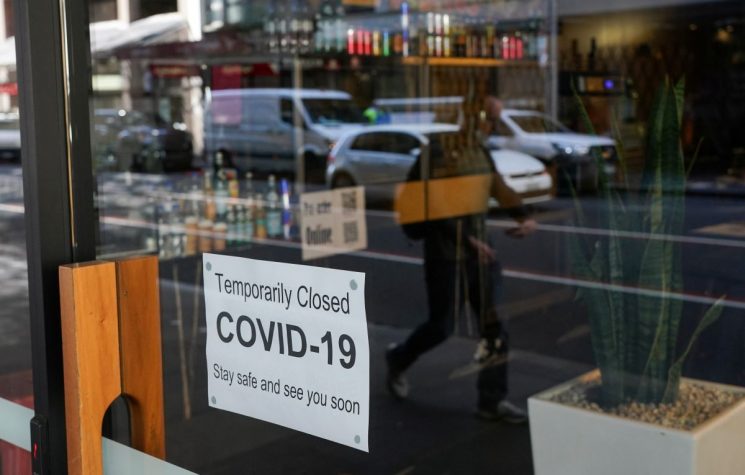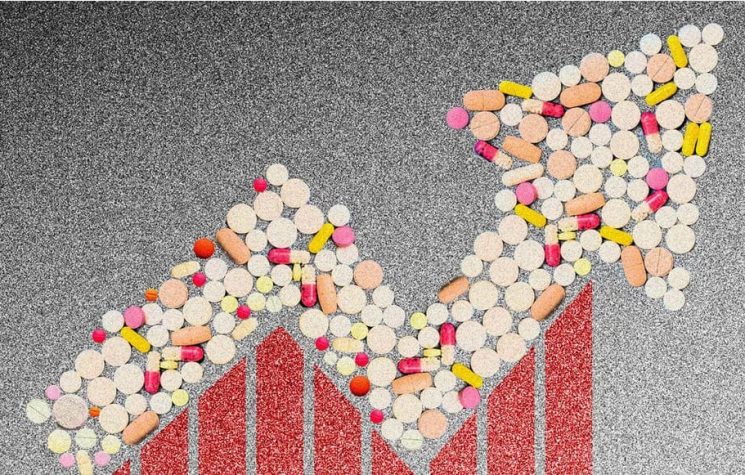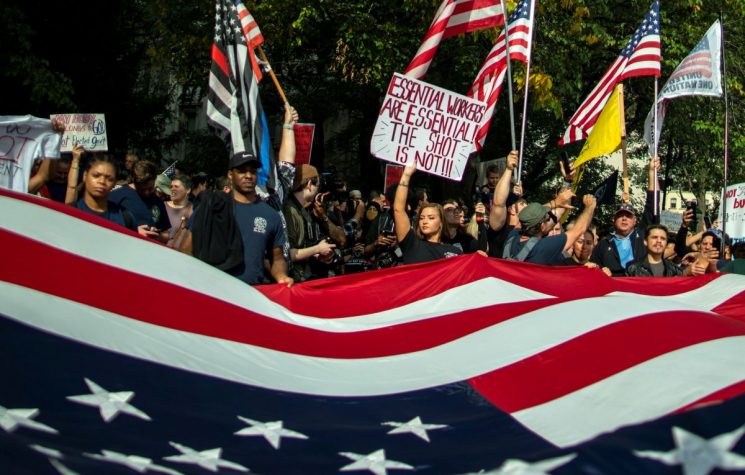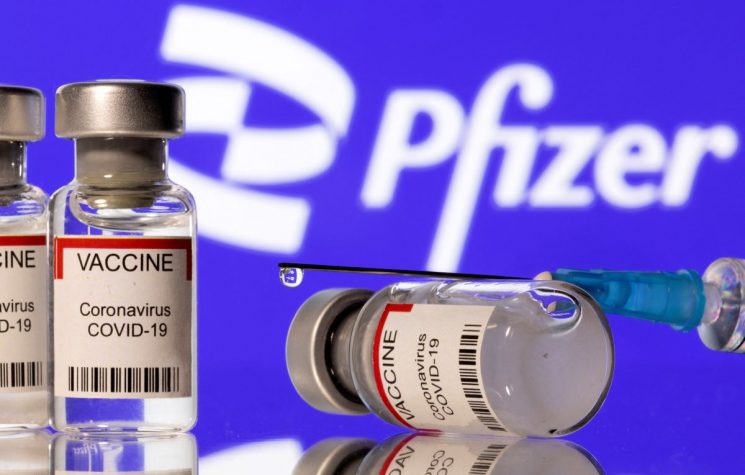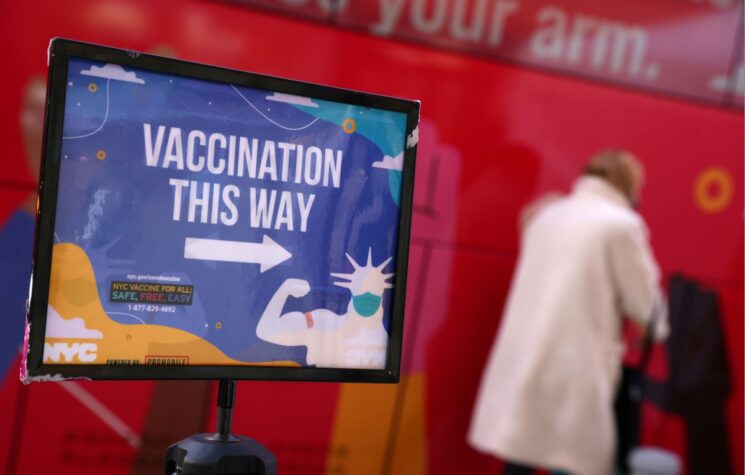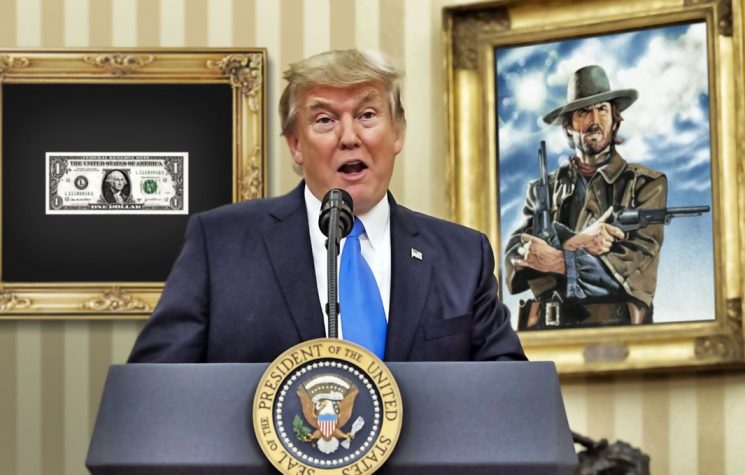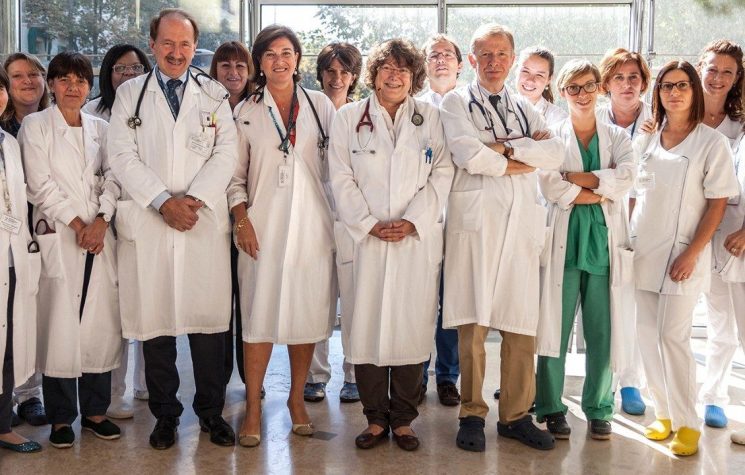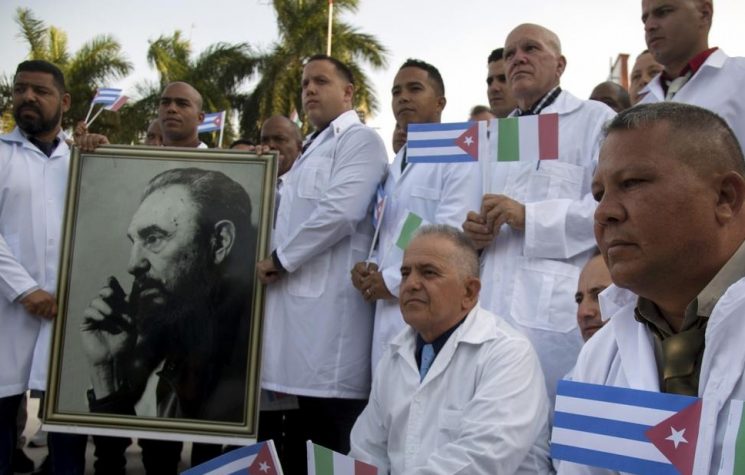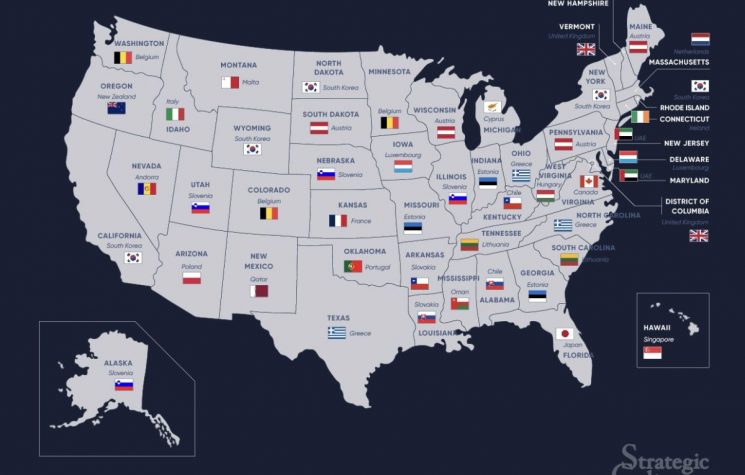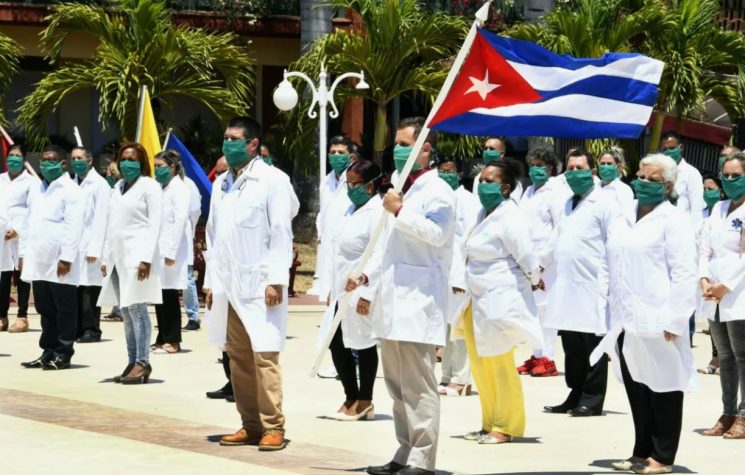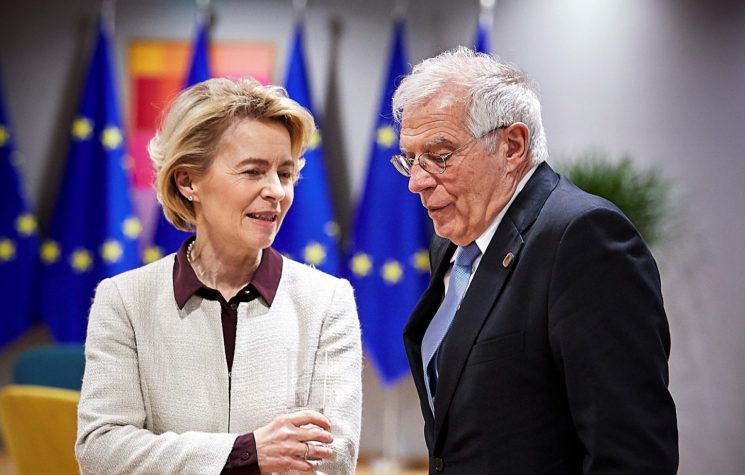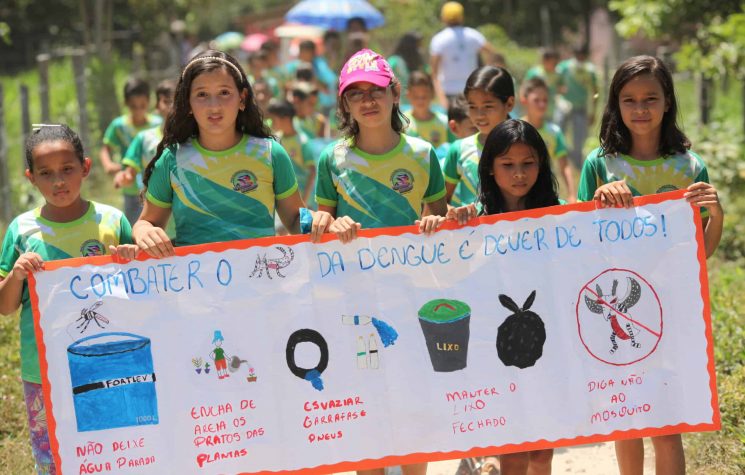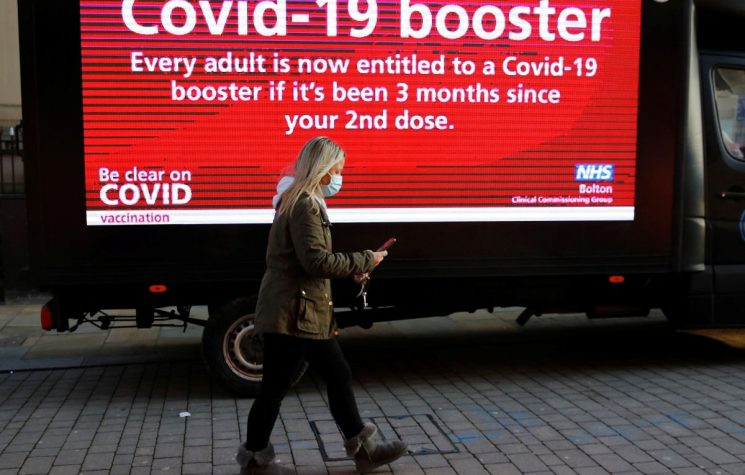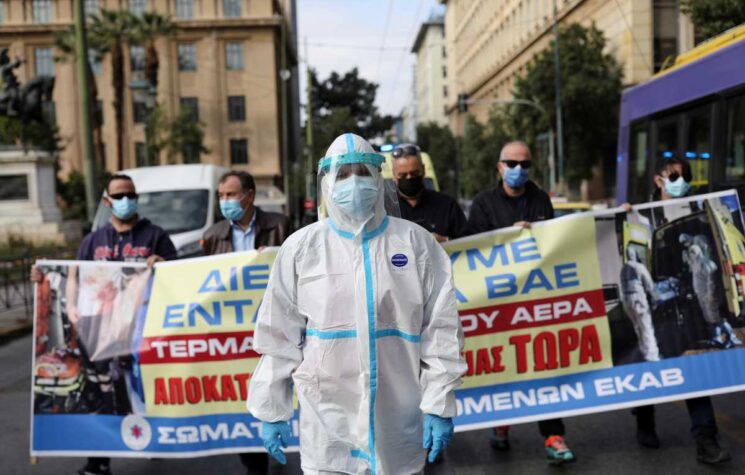The first thing to understand is that there will not be enough COVID-19 vaccine to go around for many months to come, so the process of who comes first will essentially be a political decision since governments at various levels will inevitably be managing the distribution process. And there will be considerable confusion when the vaccination process starts as there might be a lot of different versions to choose from. The World Health Organization is currently monitoring the development of no less than “163 candidate vaccines [that are] in preclinical evaluation.”
There are legitimate concerns that the vaccine development process has been accelerated due to political pressure coming from various governments as infection rates are soaring worldwide. In the past, the development and evaluation of a new vaccine has sometimes been a multi-year process and the testing on human volunteers has been extensive. In this case, one might suspect that some corners have been cut.
As of this writing, it seems that American pharmaceutical company Pfizer/BioNTech and the start-up company Moderna will be the first to release vaccines that have been evaluated and passed by governmental drug regulating authorities. Britain has approved the Pfizer vaccine for use while the Food and Drug Administration (FDA) and Center for Disease Control (CDC) in the United States are moving quickly to approve the vaccines from Pfizer, Johnson & Johnson and Moderna for “emergency purposes” followed by an authorization for general use.
The manufacturers of the vaccine are intent on getting their products into the marketplace later this month. Admittedly, getting a vaccine developed and approved has been politically speaking a high priority project both for the companies and for the governments that have invested in the process and are looking for a solution for the crashing economies in Europe and the United States. As the virus has entered into a devastating second surge, the urgency of being seen as “doing something” has approached crisis proportions.
Both Pfizer and Moderna have publicly claimed that their testing involving of thousands of volunteers indicates that their vaccines are both safe and worked well in all different groups, ethnicities, and genders, with a success rate in terms of blocking COVID infection exceeding 90%. Moderna received more than $1 billion from the U.S. government’s Operation Warp Speed to speed up the development process on its mRNA vaccine though Pfizer instead turned down the seed money while signing on to an advance purchase order with Washington. Moderna CEO Stéphane Bancel has claimed that the federal money was invested in staging the clinical trials, which greatly speeded up the development process.
Other companies that are about to introduce their own vaccines are U.K. pharma company AstraZeneca in partnership with the University of Oxford and the Gamaleya Research Institute of Epidemiology and Microbiology in Russia. As the pharmaceutical companies are businesses seeking to profit from the pandemic, many of the companies have tied their development process to advance purchase orders from governments which have by the same process funded the research and testing. Israel, for example, paid Moderna, whose chief medical officer is an Israeli, $120 million in advance to secure rights to two million doses of the vaccine once it approved. Pfizer is also sending its vaccine to the Jewish state through a pre-arrangement, even though it is not yet approved for use by the FDA. Germany has reportedly also opted to include Israel in a group purchase of 400 million doses of vaccine to be obtained from AstraZeneca intended for use in Europe. The Palestinians, with the virus raging in Gaza and also on parts of the West Bank, were not included and one might well presume that the vaccines arriving in Israel itself will go to Jewish citizens first.
It is a symptom of the west’s “health care for profit,” that fully 80% of the first wave supply of COVID vaccines have been bought up by wealthy countries. Those advance purchases of the vaccine mean that not everyone will have free market access to the approved product when it is initially available but only in short supply. Many poorer countries might have no access at all, though WHO has reportedly set up a fund to help them out. Nevertheless, those countries with money and political access will surely get the lion’s share of the vaccines.
There has been strong resistance, particularly among conservatives in the United States, to the vaccines based on possible plans to make vaccination compulsory backed up by having to carry a “vaccination card” before being able to enter certain public spaces. Qantas Airlines has already announced that once a vaccine is introduced it will only carry passengers who have been inoculated. President-elect Joe Biden is also suggesting, and then denying, a nationwide 100 days total lockdown and mandatory mask wearing, which would destroy most of the small businesses remaining in the country. Using cell phone technology to track infected individuals has also frequently been mentioned. Plus there are the legitimate lingering concerns that the test period was insufficient to guarantee the safety of the product.
Once the first flow of vaccines is manufactured and distributed to the health authorities in each country or state, that is when the horse trading will begin over who gets the treatment first. There is a strong consensus that the first recipients of the vaccine must be health care workers, a group that has suffered disproportionately from the disease and which constitutes the first line of defense against its spread. After that, however, there is little clarity. Suggestions that elderly people, particularly in nursing homes, should be inoculated, have been countered by those who believe that a limited supply of vaccine should go primarily to people who would be able to go back to work. And then there are the politicians in each jurisdiction, who oddly believe that their work is vital. They and their families will be lining up. In short, who gets vaccinated will likely depend on the deals and arrangements that have been worked out, often at the state and local level in the United States, and at national government level in most other places.
Logically, the vaccine should go first to those who are most at risk for contracting the disease and dying from it, but logic likely will not prevail. Generally speaking, it is expected that after health care workers and perhaps the vulnerable elderly, front line police and emergency services should be next in line due to their frequent contact with the possibly infected public, followed by workers in places like slaughterhouses where work conditions have created infection hot spots. Next in line would logically be workers in shops or businesses where there is regular contact with the public, but as such employees are generally low wage they will likely be pushed to the back of the bus. Inevitably, the claims that there is a racial angle to the disease will certainly surface in places like the New York Times, leading to demands to vaccinate minorities first. This will surely be resisted. Given the political realities of the pandemic and the socio-economic engineering that will no doubt take place, the real excitement will likely begin when the vaccine actually begins to become available, probably just before Christmas!











